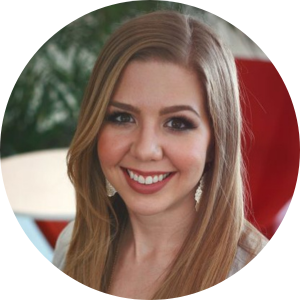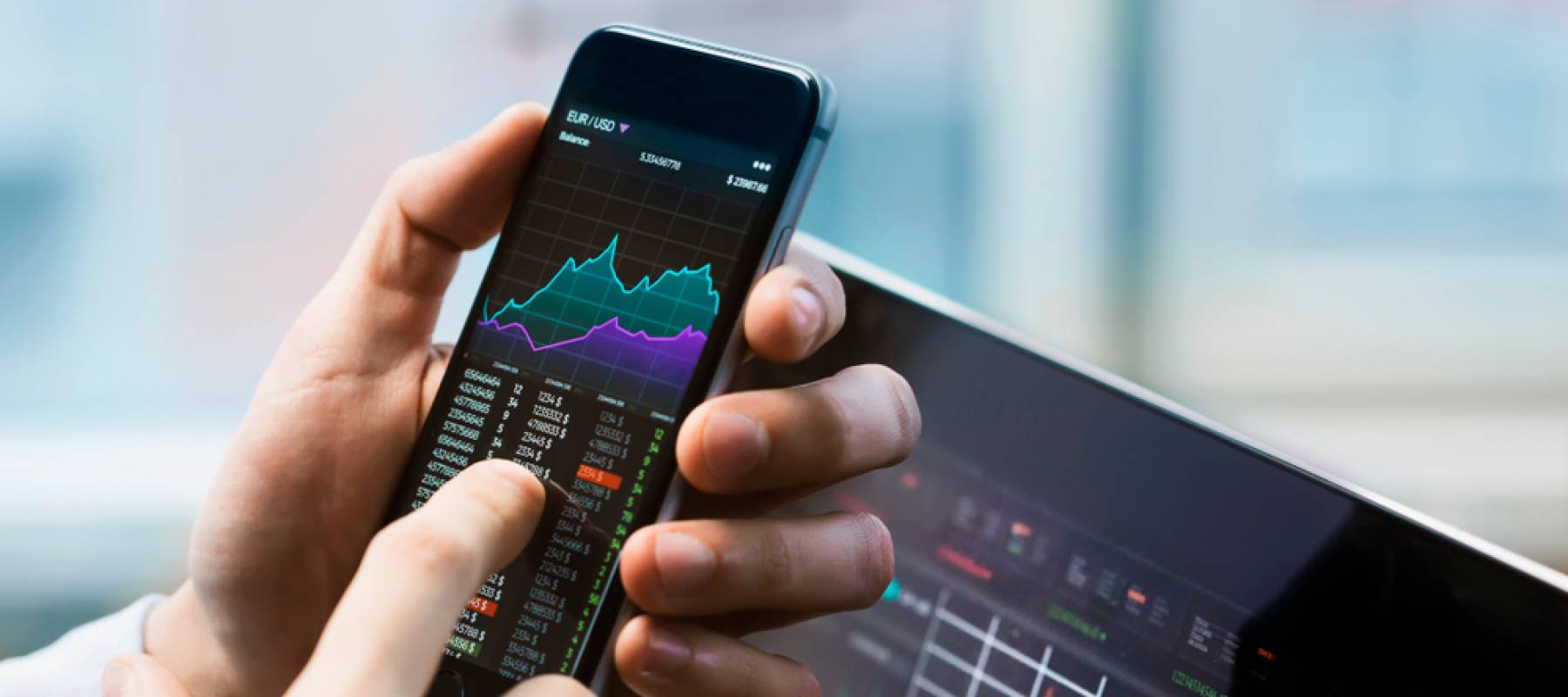6 ways to invest $100
You’ve got some cash to spare and are ready to see what you should do with it. Here are the six best ways to invest $100.
1. Open an account with a robo-advisor
If you want to invest your $100 into the stock market, using a robo-advisor is the ideal way to do so.
You’ll start earning dividends right away, which you’ll see paid out to your account on a monthly or quarterly basis depending on the payout schedules of the stocks within your portfolio. These dividends will be automatically re-invested for you, where they can get to work earning more dividends, and so on.
Wealthsimple has no account minimums and you can set up a regular weekly or monthly contribution to the account to keep it growing. Setting aside as little as $25 might seem inconsequential, but it can really add up over time.
2. Buy your first stocks
Until as recently as a few years ago, you couldn’t open a brokerage account with less than $1,000. That changed when Wealthsimple Trade brought no-commission trading with no account minimums. Now anyone can open a brokerage account and access the stock market, even if they only have a little bit of cash to spare.
With Wealthsimple Trade, you can directly purchase shares of individual stocks you want to invest in. This is riskier than using a robo advisor because you’re not diversifying your cash over multiple investments. You also might run into another problem: the stock you want to invest in has a share price greater than $100.
3. Invest in cryptocurrency
If you’ve been eyeing the surging price of Bitcoin for a while and want a piece of the action, $100 is enough to get started investing in cryptocurrency.
Cryptocurrency doesn’t pay dividends, so it won’t earn you any passive income. Investing in Bitcoin, Ethereum, and other coins is purely a speculative play and your hope is on capital appreciation. Be prepared to watch wild swings in your account’s value- that first $100 might drop down to $70 then up to $140 in a single day!
4. Save your $100 for an emergency
If you’re not ready for medium or high-risk investments because you don’t have a cash cushion established, then put your $100 towards starting an emergency fund. An emergency fund is a dedicated savings account to help you out in a time of need. This can be anything from helping you cover an unexpected parking ticket, to carrying you through a bout of unemployment. You should aim to have an emergency fund of at least 6 months of essential expenses, but you can’t hit that target without starting with the first $100!
The best place to keep your emergency fund is in a high-interest savings account, like the EQ Bank’s Savings Plus Account. This lets you earn a small return on your cash, while still keeping it easily accessible should you need to make a withdrawal.
5. Pay down debt
It doesn’t feel like it, but paying down debt is a way of investing in your future. If you want to invest in less stress and a higher credit score, throwing that spare $100 towards a balance owing is an excellent way to do so.
Extra payments towards your debt lower the balance, which reduces the amount of interest you pay as well as gets you out of debt faster. The sooner you free yourself from debt, the more money you’ll have for other things – like investing.
Paying down your debt also helps increase your credit score. A good credit score can help you get better interest rates on major loans like a car loan or a mortgage, which lowers the carrying costs of these debts, too. In other words, using $100 to pay off debt is one of the fastest and easiest ways to see a big return on your investment.
6. Invest in yourself
Bank accounts and brokerage accounts are not the only way to invest $100. One of the oft-neglected but best ways to invest your money is to invest in yourself by improving skills.
$100 can help you take a course that counts towards a license or certification to forward your career, or a new career entirely. If there are no specific credentials for you to work towards, you can still invest in your earning potential by hiring a career coach, taking public speaking classes, and more.
Another way to invest in yourself is to pick up some good books to improve your knowledge in a specific area, like personal finance. $100 is more than enough to buy a stack of investing books that can help you better utilize your money in the stock market.
It might seem like a small thing now, but the payoff of investing in yourself can be huge over your lifetime.
Low vs. high-risk ways to invest $100
Your goal with any investment is to get the highest return on your money. However, that’s easier said than done. Typically, the rate of return reflects the risk of the investment. You have to be prepared to risk losing some or all of your investment to have the potential of earning something.
One of the challenges of investing with $100 is it’s such a small amount, that even a large ROI only amounts to a few dollars. You might earn 20% on your investment, but this only worth $20 extra dollars. This is why continuing to contribute to your investments on a regular basis is so important. $100 is a great starting amount, but you will need to continue contributing more. You have to also consider your personal risk tolerance, existing financial assets, and whether or not you have the means to continue contributing to an investment to help it grow.
There are low and high-risk ways to invest your money, and that’s still true when it comes to your first $100. The difference now is that $100 isn’t really enough to divide up between multiple investments to reduce your risk. It’s really only enough to put into one investment, so you need to choose wisely.
Low-risk investments are those where you’re not likely to lose your initial investment, but you’re also not likely to see a big return. High-risk investments are the opposite: you’re more likely to see bigger gains on your money, but you’re also more likely to lose it all. If you’re not sure what type of investor you are yet, then the nice thing about beginning to invest with $100 is not that much money. If it disappears, it’s relatively easy to earn another $100 to replace it. If, however, that $100 is the only spare cash you have to your name, a risky investment is probably the last place you want to put it.
Some low-risk investments for $100 include paying off debt, putting it in a savings account, or using a robo advisor. Higher-risk investments are investing in common stocks or in cryptocurrencies. How much risk you are comfortable with is a personal decision, so only you know best what fits your current financial situation.
Who knew $100 could do so much?
$100 might not be a large sum, but it can have a huge impact if invested wisely. The most important thing to consider is where that amount can get the largest return for you – and that could be different for everyone. Whether you’re building an emergency fund, opening your first investment account for retirement, or want to dip your toes into cryptocurrency, $100 is the perfect amount to start with.





